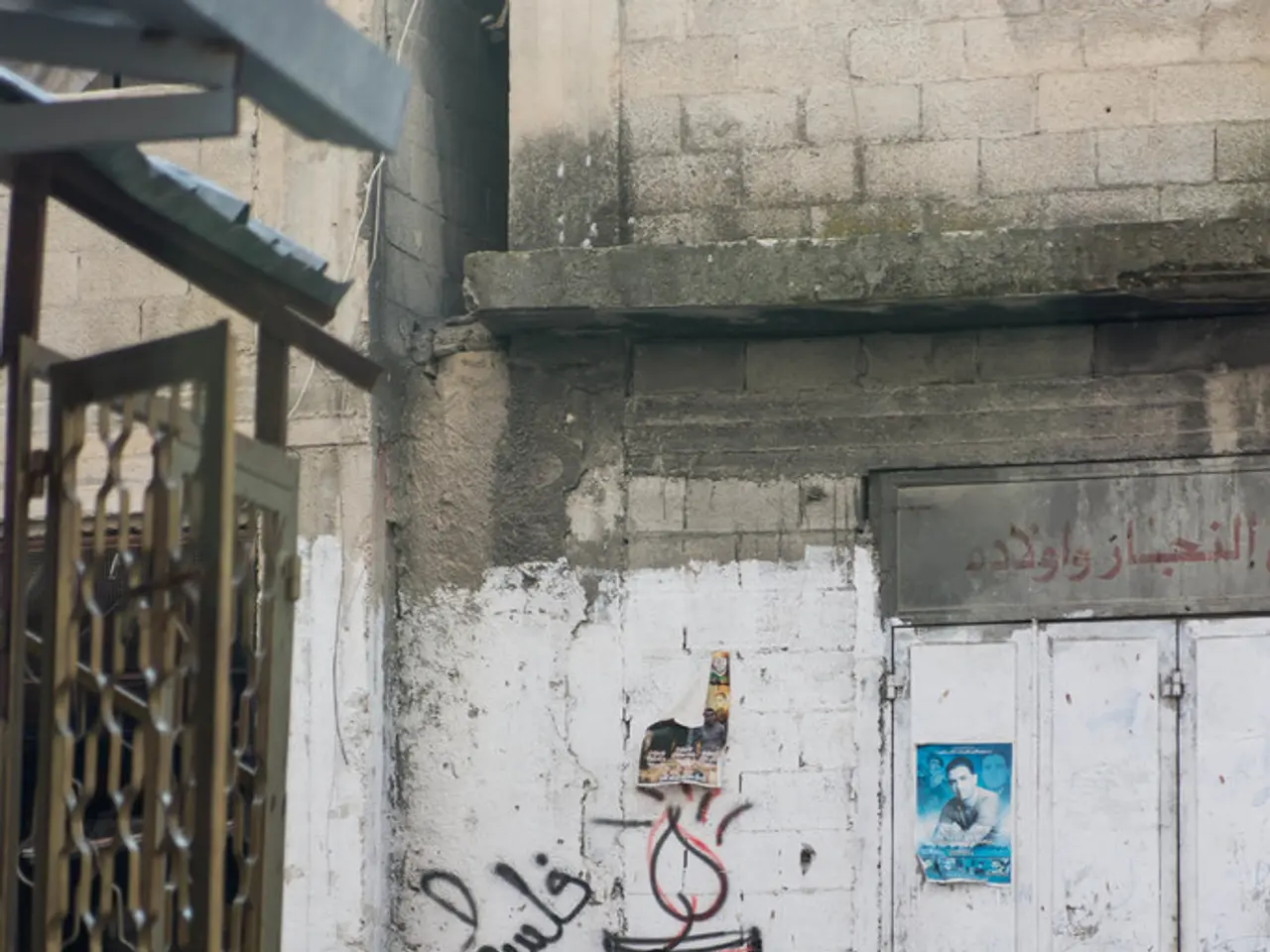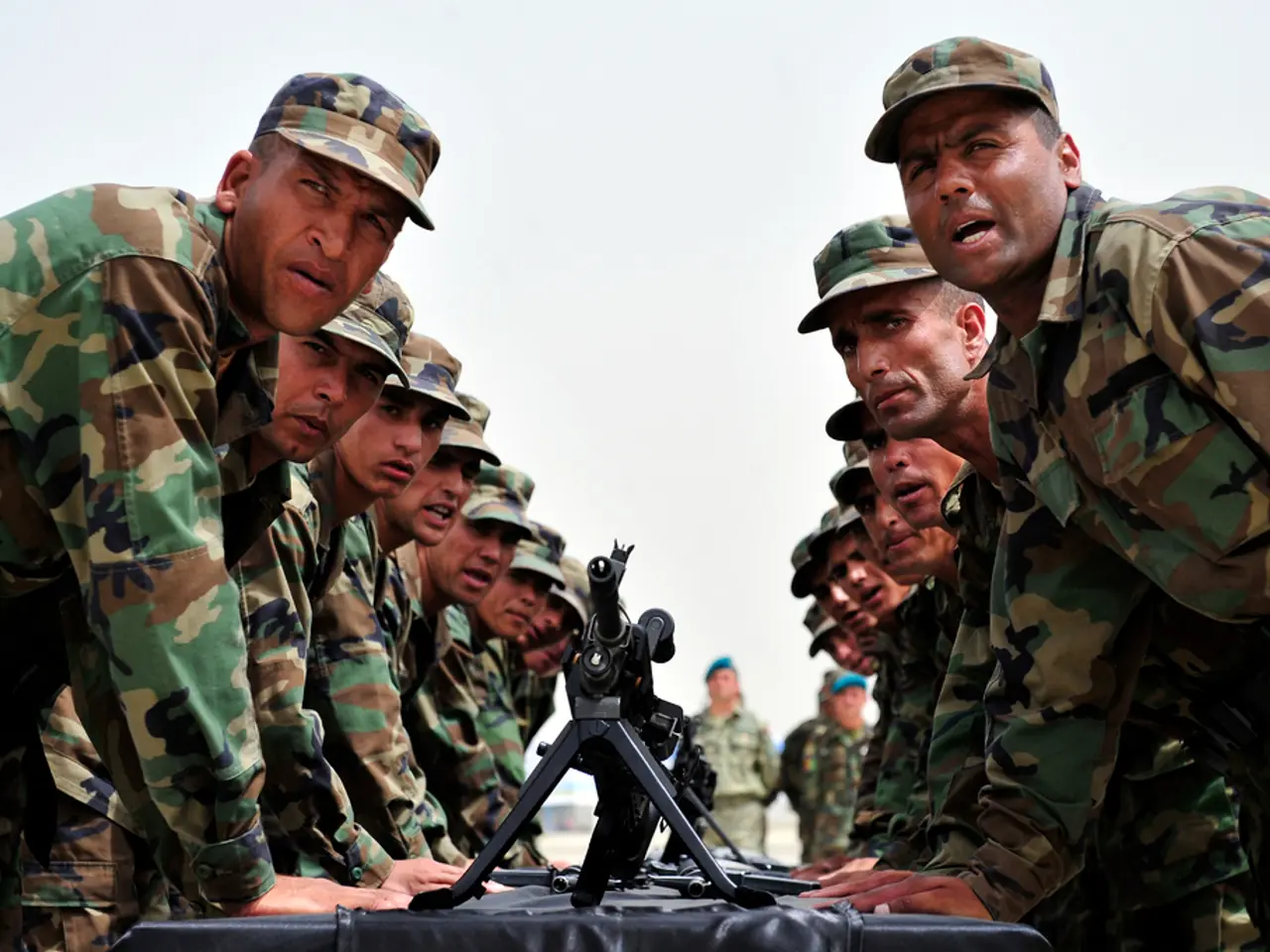Enhanced border route unveiled to bolster Thai-Cambodian security cooperation
In the heart of Ubon Ratchathani province, a strategic initiative is underway to improve access to a tactically significant area near the Thai-Cambodian border. The project, launched in July 2025, is a collaborative effort between the Thai Rumphalang Party, the 2nd Army Region’s Engineering Corps, the 23rd Ranger Forces Regiment, and local communities.
The need for a durable access route, especially during the rainy season, has been emphasized by Wasawat Poungponsri, the leader of the Thai Rumphalang Party. The area's strategic importance is not lost on him either, as he highlighted in his statements.
Heavy machinery and construction equipment are being used to build the road, which will lead to a region close to the frontier. This infrastructure is aimed at supporting national security operations in remote areas adjacent to Cambodia, particularly by providing a passable route even during the rainy season when existing roads often become impassable.
The project is part of the Thai Rumphalang Party’s policy agenda titled “Strong Frontlines, Secure Territories,” which focuses on fostering cooperation between the military, state authorities, and local communities to improve border infrastructure and ensure sustained security in this sensitive region.
The need for such infrastructure becomes even more critical amid escalating military tensions and conflicts along the Thai-Cambodian border in 2025. Recent clashes, including landmine incidents injuring Thai soldiers and intensified fighting causing mass evacuations of civilians, underscore the need for robust access routes to support military mobility, logistics, and rapid deployment in the border areas of Ubon Ratchathani and neighbouring provinces.
The road facilitates national security by enabling better movement of forces and supplies in a region prone to instability, thereby enhancing Thailand’s operational readiness and border control capabilities. In summary, the concrete road project supports national security operations by providing a reliable transportation corridor that improves military accessibility and responsiveness, strengthens cooperation between military and local communities, and underpins broader strategic border security objectives against ongoing threats and conflicts on the Thai-Cambodian frontier.
[1] Thai Rumphalang Party, "Strong Frontlines, Secure Territories," Policy Agenda, 2025. [2] "Thai Soldiers Injured in Landmine Blast on Thai-Cambodian Border," Bangkok Post, 15 July 2025. [3] "Thousands Evacuated as Clashes Escalate on Thai-Cambodian Border," The Nation, 22 July 2025. [4] "Thai-Cambodian Border Tensions: A Timeline," Reuters, 31 July 2025. [5] "Border Conflicts Threaten Regional Stability," ASEAN Post, 6 August 2025.
- The construction of the road in the Ubon Ratchathani province is a critical component of the Thai Rumphalang Party's "Strong Frontlines, Secure Territories" policy, which aims to enhance national security by improving access and fostering cooperation between military, state authorities, and local communities.
- Amidst the escalating military tensions and conflicts along the Thai-Cambodian border, the need for infrastructure, such as the strategic road-building project, becomes especially paramount, as they provide a passable route for military operations, ensuring operational readiness and border control capabilities, and supporting general news headlines of increased regional instability.







